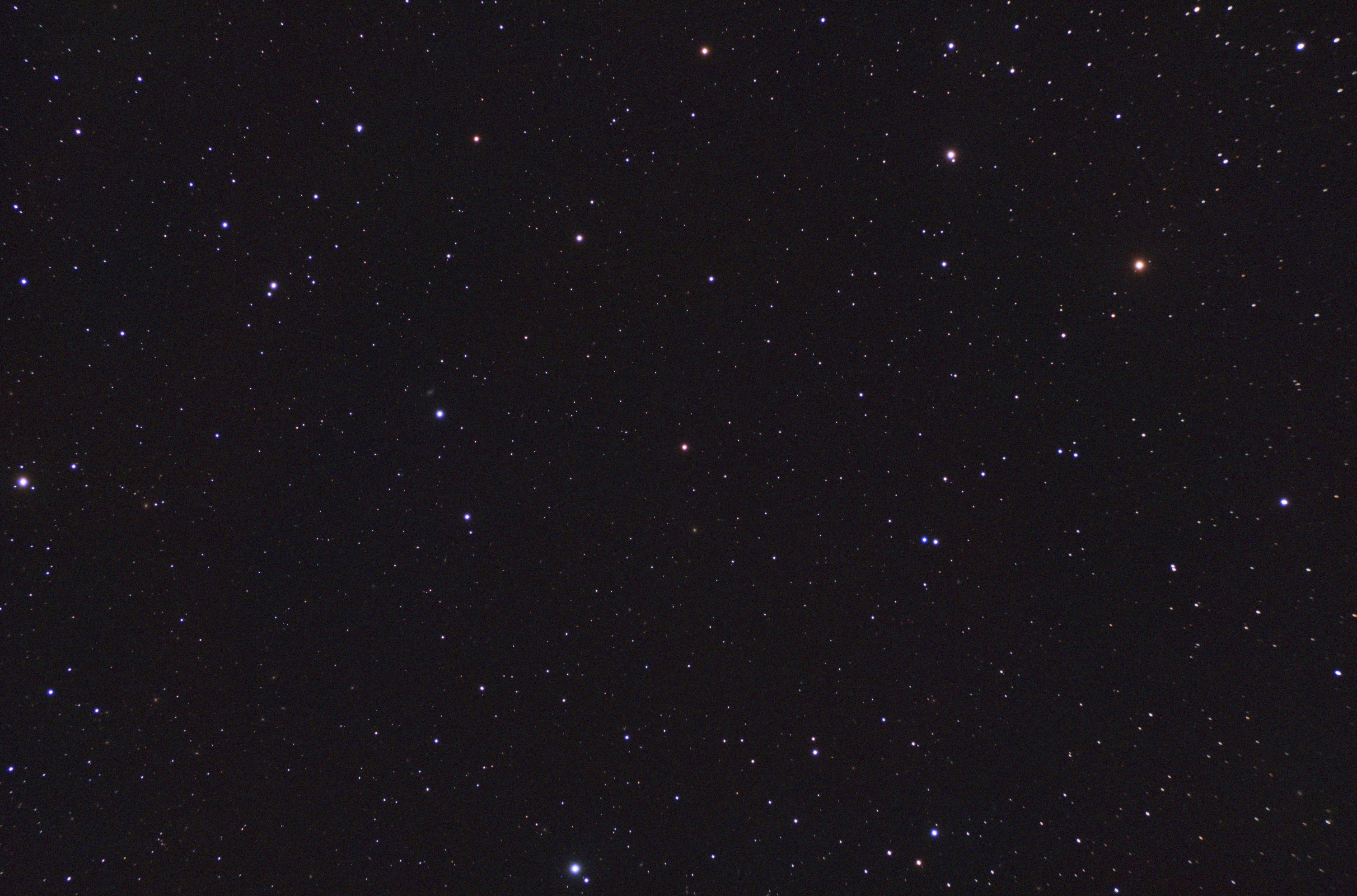T CrB has been in the news lately, because roughly every 80 years the star goes nova, and its one of the brighter nova stars. But it won't exactly night up the night sky, as it normally goes from magnitude 10, which is way too dim to see without a telescope up to around magnitude 2, which is about the same as Polaris, the north star. The cause of the nova is T CrB is actually a binary star consisting of a red giant, and and a white dwarf star. The white dwarf star is close enough to the red giant to accumulate hydrogen from the red giant star. Once sufficient mass builds up, pressure and temperature is enough to ignite the hydrogen shell, like a giant bomb. The accumulated hydrogen is destroyed, and the process starts all over again.

